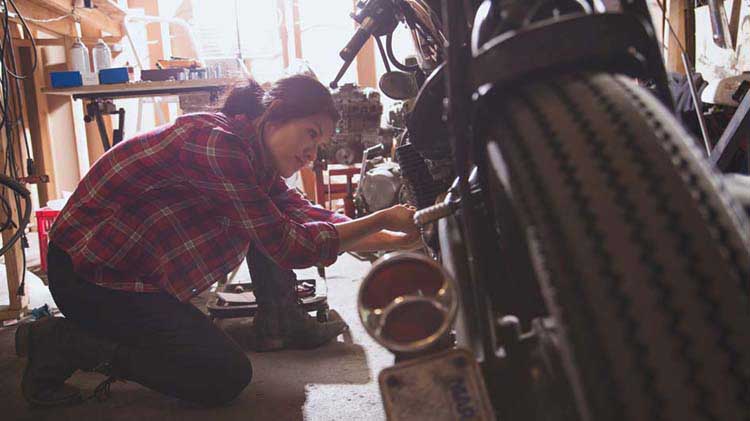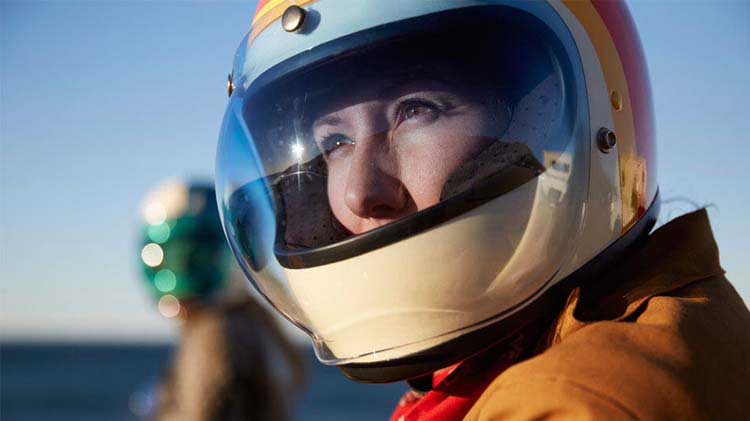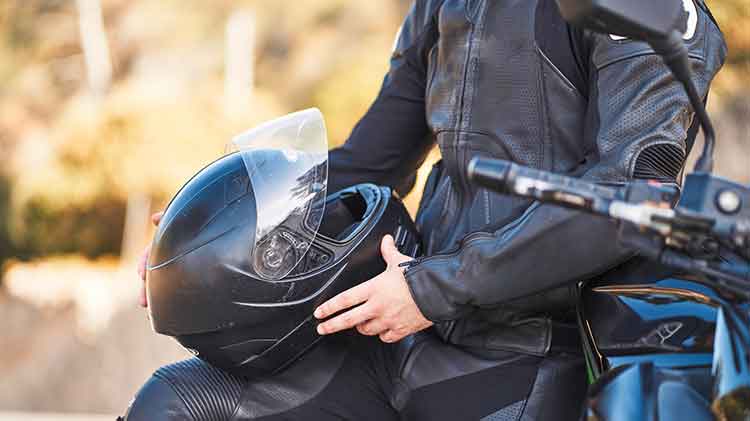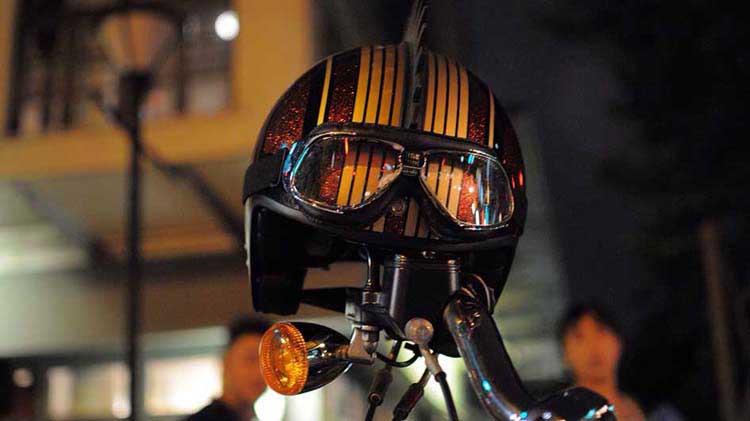Motorcycle won’t start?
Consider these handy tips on what to do if your motorcycle won't start.
If your motorcycle won’t start after sitting for a while, try not to overthink the problem. A motorcycle not starting could have an easy solution, and you may have to check things more than once, so let’s check the simple things first.
Is the battery charged?
Having a charge in the battery is essential to the bike starting. You can check your battery by using your horn or headlights. If they don't work, or your lights are dim, then your battery could be the culprit and may need to be charged according to your owner’s manual. Or perhaps a new battery is needed.
Look at the battery for defects
- Verify that the battery is installed properly
- Look for fluid leaks
- Check the battery terminal for any broken parts
- Inspect the battery case for cracks or bumps
Occasionally, when bikes sit for many weeks, riders will place the battery on a trickle charger. Refer to your owner’s manual to see that the battery is charged with the correct type of charger and in the proper manner. Good battery voltage should read between 12 and 14.5 volts at rest.
If your motorcycle won’t start but your battery is good, continue with the other tips below.
Is there gas in the fuel tank?
You may be certain you had fuel, but it's worth a look or a shake to your tank. Gas can go bad within a month and old gas doesn’t combust very well. If possible, take off the fuel tank cap and see if there is fuel. Fresh gas will smell crisp and sharp and be lighter in color. Bad fuel will smell bitter or sour and be darker in color.
Is the ignition switch in the “on/run” position?
It may seem obvious, but check to see if the ignition switch is in the on/run position before pushing the starter button.
Is the kill switch turned to the “off” position?
The position of the engine kill, or cut off switch, is one step that is often overlooked. Many people don't use it regularly, so when it is used or someone else rides your bike, you may forget about the switch. If it is in the “off” position, turn the switch to “on” or “run” to try and start the bike.
Is the side stand up?
Some motorcycles may not start with the side stand down. Bikes may have a stand safety switch that doesn’t allow the starter to engage until the side stand is in the riding position. If it seems to be stuck, you might try using some WD-40 and a toothbrush to help loosen it.
Is the bike receiving fuel?
If the starter engages and cranks but the engine doesn’t fire, check the fuel valve. If the valve was in the "off" position, turn it on and then wait 15-20 seconds for the carburetor to receive fuel and try again.
Is the motorcycle in neutral gear?
Many motorcycles won’t start unless they are in neutral.
Is the clutch lever pulled in all the way?
The clutch must be fully engaged before the bike will start, even when you’re in neutral.
Is a fuse blown?
Think about having a set of spare fuses in the same amperage available. The main fuse, used to start the bike, is usually close to the positive battery wire. If the fuse continues to blow, consider having the bike checked by a mechanic.
Is the tail pipe clear of debris?
Anything extra in the tailpipe, whether added by playful children or rodents, could prevent the bike from starting. Carefully clear out the debris and try again.
Does the motorcycle have a carburetor?
If carbureted, was the choke or mixture enricher set to the appropriate position to start the engine at the current temperature? (Consider both ambient air temperature and engine temperature.)
If all of these items have been checked/corrected/adjusted and the motorcycle is still not starting, additional diagnosis and tools may be needed.
And before you hit the open road, remember your motorcycle gear, wear a safe helmet, and check out these motorcycle safety tips. Also consider talking with your insurance agent to make sure you've selected the right motorcycle coverages.




